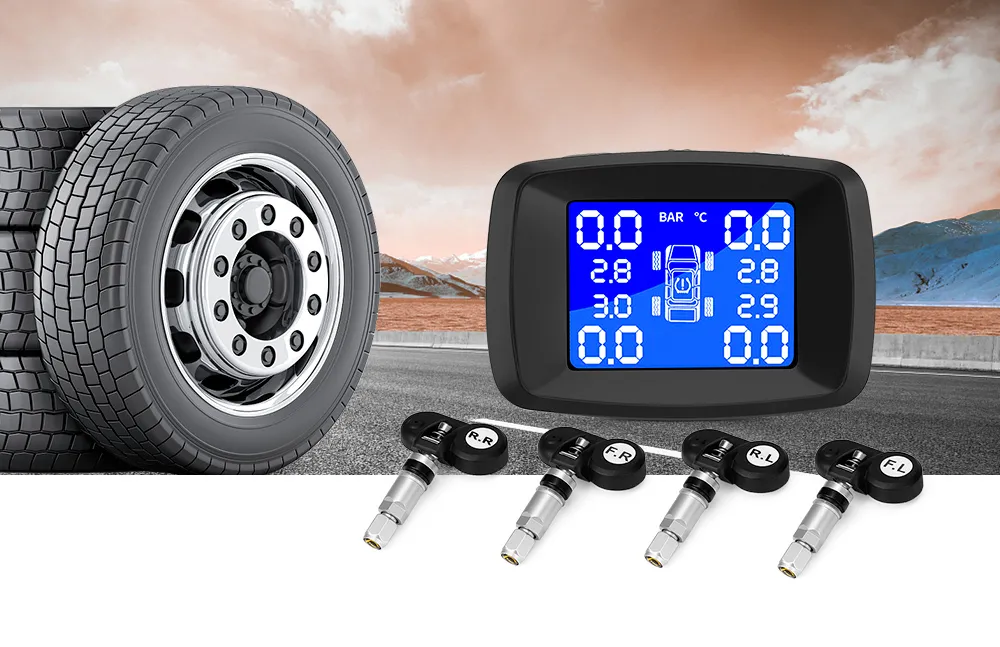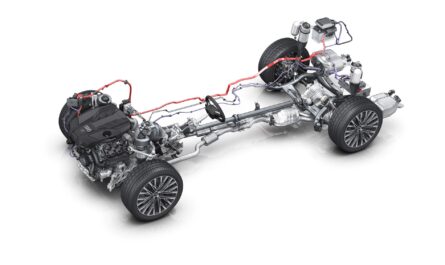What is TPMS?
A Tire Pressure Monitoring System, commonly abbreviated as TPMS, is a vehicle safety component that monitors tire pressure levels. It notifies the driver when the pressure in one or more tires drops significantly below the recommended pressure level. This alert helps to prevent under-inflated tires, which are more prone to overheating and blowouts.
How does it work?
Every tire has a sensor that transmits information about its pressure and temperature through radio frequency signals. The sensors are usually affixed to each wheel’s valve stem. The signals are received by the vehicle’s module which analyzes the data and compares it to the pre-set optimal pressure levels. If any tire is found to be under-inflated by 25% or more, the Automotive Tire Pressure Monitoring System illuminates a low pressure warning light on the dashboard. Some advanced systems also display the precise pressure of each individual tire.
Importance Of Proper Tire Pressure
Keeping tires properly inflated is crucial for both safety and fuel efficiency. Under-inflated tires roll less efficiently and increases fuel consumption. They can wear out faster and suffer blowouts from overheating. The required pressure level differs based on the vehicle type and load, and is usually indicated on a sticker inside the driver’s side door jamb or fuel filler flap. Checking pressure regularly with a pressure gauge and inflating as needed ensures optimal performance.
Impact Of Under-Inflation
With under-inflated tires, the sidewalls flex too much leading to excessive wear and tear of the wheel parts. It causes uneven tread wear and affects steering and braking control. Significantly under-inflated tires are a major factor in rollover accidents. They also increase stopping distances on wet roads. Automotive Tire Pressure Monitoring System prevents unknowingly operating the vehicle on low pressure tires and mitigates these hazards.
Advantages of TPMS
In addition to enhancing safety, TPMS provides convenience advantages:
Alerts the driver only when a critical pressure threshold is crossed instead of frequent monitoring. This avoids annoying alerts for minor fluctuations.
Works automatically without the need to manually check tire pressures regularly using a gauge.
Helps maintain proper inflation longer between fill-ups which saves time and fuel costs.
Prevents accidents and damage to tires due to prolonged under-inflation which can be expensive to repair or replace.
Some advanced systems come with automatic re-learning of sensor IDs after tire rotation ensuring accurate function long-term.
A simple technology like TPMS performs the important role of continually safeguarding proper tire inflation. This hidden safety net helps prevent maintenance neglect from leading to hazardous consequences on the road. As vehicles get more advanced, TPMS will remain a baseline feature for keeping drivers and passengers protected.
A functional TPMS is constantly vigilantly monitoring your tires’ pressure levels behind the scenes. Don’t overlook this low-cost system – it could end up saving you from accidents, damage costs, and unsafe situations down the road.
*Note:
1. Source: Coherent Market Insights, Public sources, Desk research
2. We have leveraged AI tools to mine information and compile it.




